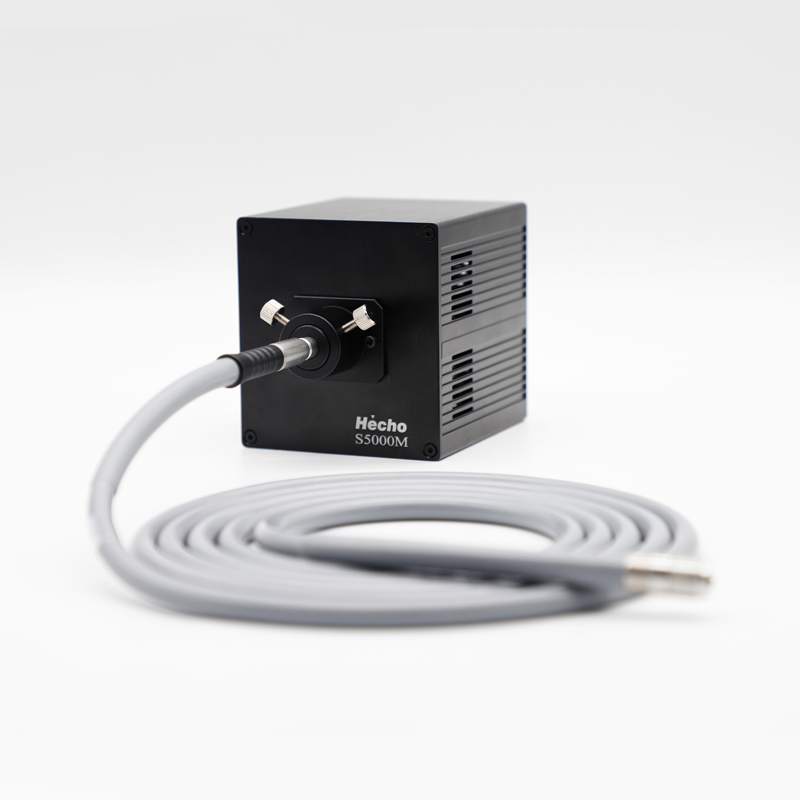Challenges of High-Temperature Resistant Fiber
High-temperature resistant fiber faces specific challenges in various aspects when operating in high-temperature environments, commonly used in sensing, LDI, and other fields. In high-temperature conditions, conventional fibers often experience problems such as optical loss, refractive index changes, and material expansion. Here are four key challenges:
Material Selection: High-temperature resistant fiber requires the use of materials with excellent high-temperature stability, such as special glasses or ceramic materials. Selecting suitable materials needs to consider factors such as chemical stability, thermal expansion coefficient, and tensile strength under high-temperature conditions.
Structural Design: The structure of high-temperature resistant fiber needs to withstand the stress and deformation caused by high temperatures. Fiber design should balance strength, flexibility, and thermal stability to ensure the fiber does not fracture or lose performance in high-temperature environments.
Fiber Connection and Packaging: In high-temperature environments, fiber connections and packaging must maintain stable optical transmission performance. This includes selecting fiber connectors, connection techniques, and packaging materials that can maintain good connection quality and low losses under high temperatures.
Environmental Adaptability: High-temperature resistant fiber also needs to adapt to different high-temperature environmental conditions, such as industrial furnaces, high-temperature air, or high-pressure environments in aerospace applications. The high-temperature performance of the fiber requires rigorous testing and validation to ensure its stability and reliability.
Hecho's self-developed high-temperature resistant fiber offers advantages such as high-temperature resistant interfaces, high power handling, high transmittance, long-term high transmittance retention, aging-resistant sheathing options, high-temperature packaging, ultra-long lifespan, and high beam collimation. These features enable reliable transmission of optical energy and signals in various specific applications under high-temperature environments.


